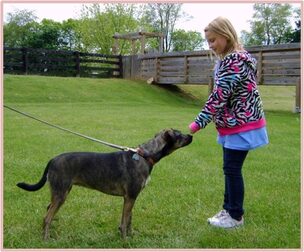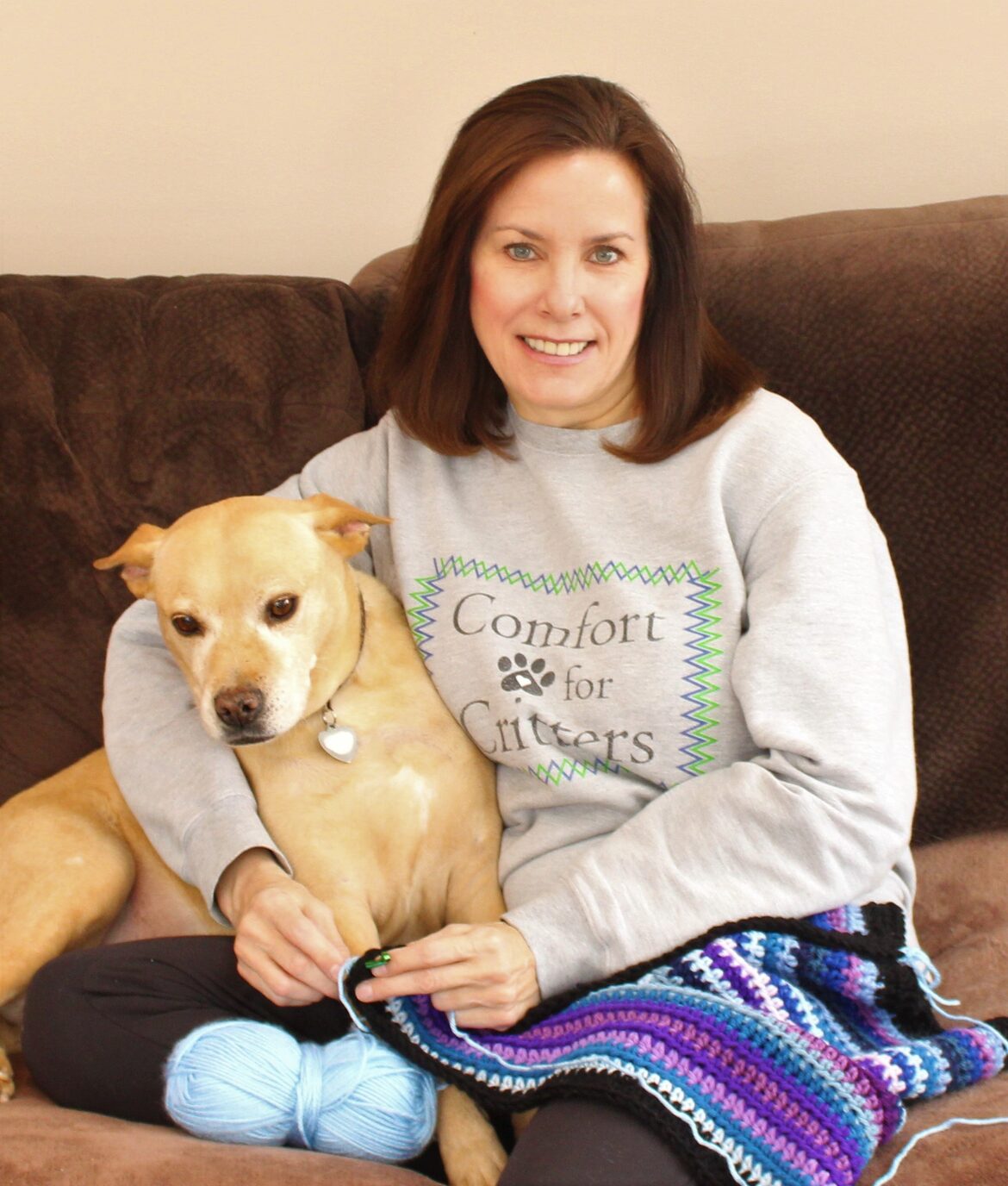 Animal lovers are typically open about their appreciation for all cats and dogs which cross their path. A walk around the neighborhood, or through an area forest preserve, will produce man delightful encounters with dogs of all shapes and sizes. In other cases, you may be visiting a friend who has a new dog they are eager for you to meet.
Animal lovers are typically open about their appreciation for all cats and dogs which cross their path. A walk around the neighborhood, or through an area forest preserve, will produce man delightful encounters with dogs of all shapes and sizes. In other cases, you may be visiting a friend who has a new dog they are eager for you to meet.
Whatever the circumstances, there truly is a protocol which should be observed. You may not be aware of these guidelines, but the dog likely is! By keeping these tips in mind, you’ll know when it’s okay to approach a dog on a walk, or if they are signaling to you that an encounter would be problematic. You’ll also know what to avoid doing, to help you win over your friend’s new best friend!
What not to do… The number one thing well-meaning people love to do, but which dogs hate, is “the hug”. You may be able to get away with a hug, given to your own dog, but almost all dogs simply do not want to be hugged by strangers. It truly doesn’t matter how cute, fluffy or small they are. Hugs are simply not “their thing!”
For a dog that’s completely new to you, it’s really best to avoid eye contact, and instead to direct your gaze a bit lower, into the dog’s chest area. It seems weird, but will make them feel less threatened by you. Again, no matter how small and cute they are, picking them up and staring into their cute little face is not a good idea if you’re a stranger.
What to do… The best idea, when you’re in the area of a new dog (on a walk, or at a friend’s home) is to let them approach you at their own pace. Feel free to speak calmly and confidently to the person on the other end of the leash, or to your friend in their home, for a minute or two. This allows the dog to read both of your verbal cues and body language, to determine if they should move away or approach you. Dogs do look to their companions to tell them who’s a stranger and who’s a friend. If their companion likes you, they probably will too. Whatever they decide, don’t take it personally!
If the dog does approach, turn sideways just a bit (rather than facing them head-on) and let them sniff you a bit. You can extend your hand, but a closed hand is a lot less threatening (especially if you don’t know their history). Once they’re sniffing away at your hand you can give them a few pets. Despite what many people do, it’s best to avoid their head, and instead pet their shoulder, chest or back. In addition, it’s also always best to avoid going anywhere near their rear-end.
When to stop…
It’s also a good idea to know the signals a dog will give off, when they’ve just had enough! Again, don’t take it personally, since they may be just too tired for more interaction. If a dog starts to back away, or just steps back and turns away from you, that’s a clear sign that they’ve had too much “communication”, at least for now. Remember that it may take a few meetings before the dog is comfortable with someone. That’s okay, and quite normal.
When not to approach… A dog that is open to interaction, usually looks relaxed overall, with a gently wagging tail. If the dog has its head down, ears back and tail lowered (or worse, tucked between their legs, even if its wagging), it’s best to leave them be. If they are licking their lips a lot, or you can easily see the white parts of their eyes, that’s often a clear sign of stress. These stressed-out dogs are not necessarily mean or aggressive, but if they are scared and being overly submissive, they could react out of fear.
The more you practice these techniques, when you meet new dogs, the more comfortable they will become. Once you see some of these signs in your own dog, they will be easier to spot in the new dogs you meet. When you learn to “read” what they are communicating (in the only way they know how!), every interaction, and everyone is better off!
